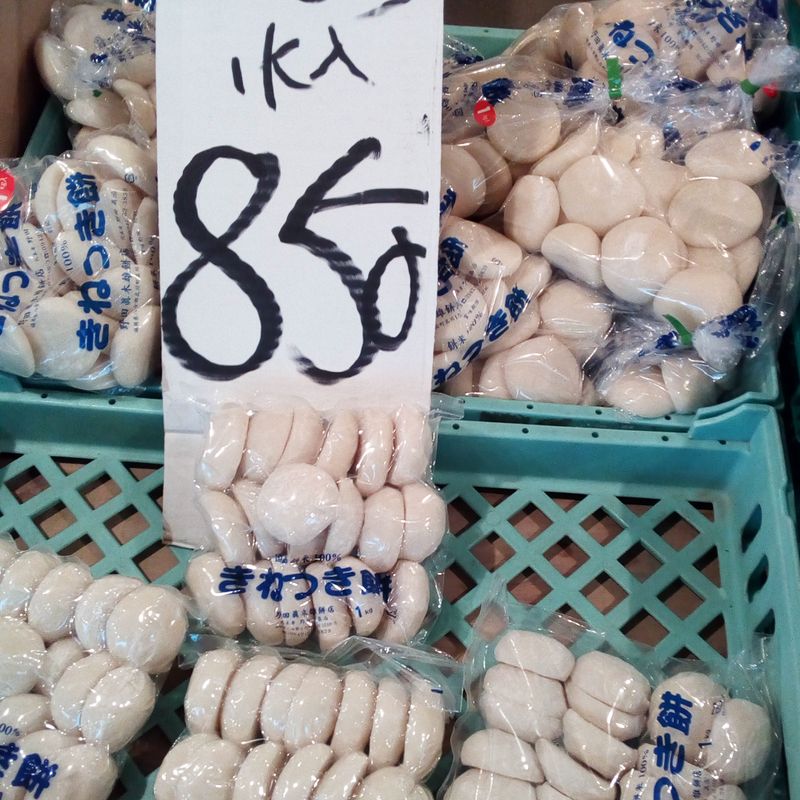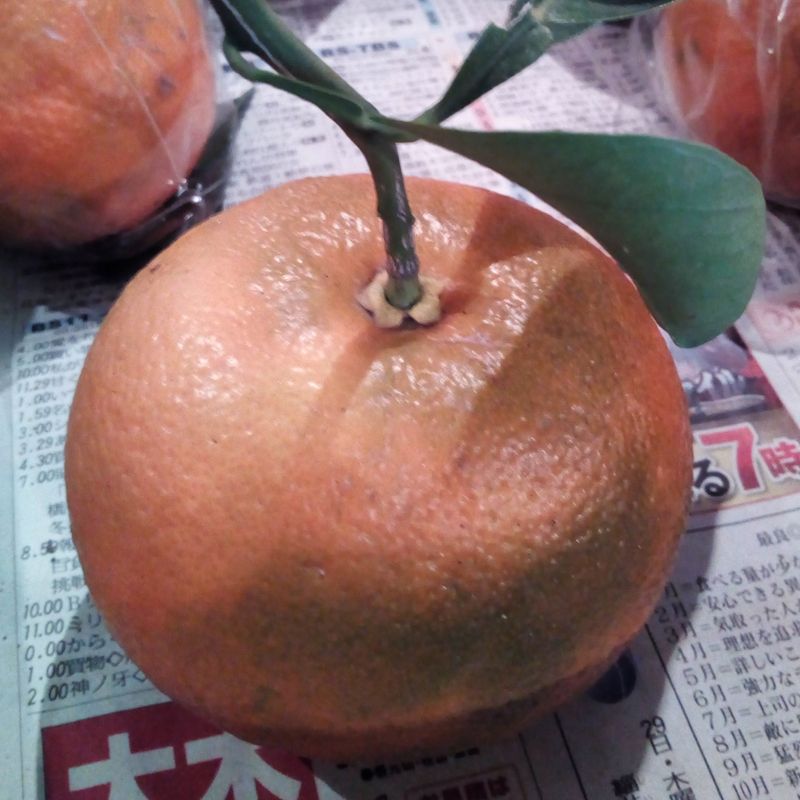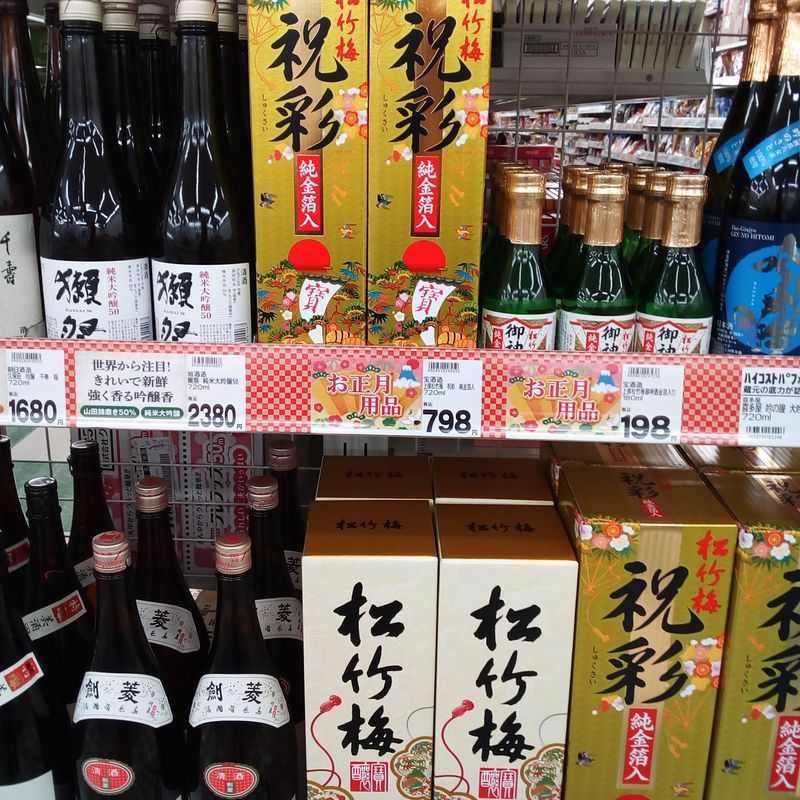Dec 27, 2018
The New Year Inedibles
The new year brings about a million special dishes in Japan, traditionally called osechi ryori. (If you're interested in the meanings of those dishes, check the link!) This article is not about those, but rather, the traditional foods for the new year in Japan which are generally not even eaten.
Why would there be traditional foods not meant to be eaten?
Well, I'm not gonna go into it that much, because I don't know and understand the culture from the same perspective as someone born and raised in Japan.
Let's just say, they're decorative.
Similar to the oranges we stabbed with whole cloves; candy canes, popcorn and cranberries strung onto the tree at Christmastime when I was a kid, these foods are merely for ornamentation.

I wanted to talk about mochi. That's because it's yummy - in ozoni (the traditional new year soup), oshiruko (sweet red bean soup often served with mochi in it), or grilled and served with any number of toppings, nom. The packs pictured above are more expensive than in lots of supermarkets for one kilogram, but they were still soft. I was pretty tempted to buy some but not yet.
In the last month I've heard about countless mochi-tsuki (mochi making) events, but sadly haven't attended one. It's sort of fun to watch the rice pounding and especially to eat the fresh mochi.
One of the many mochi products traditionally used around the new year is the inedible number one. It's called kagami mochi (mirror mochi) which is a new year decoration placed in the home. It's written about in several articles elsewhere, but you've probably seen these for sale everywhere if you're in Japan in December.

At the local yaoya (green grocer) we always shop at, they were selling huge (bigger than my head) kagami mochi today. At 1700 yen for the set of two round mochi, that's pretty serious ornamentation. I'm guessing this is used for bigger public spaces and not for normal homes, where they probably opt for the tiny 100 yen versions, if any.
The reason this is number one in the inedibles is that kagami mochi is set in a special space in the Japanese room of the house, for a decoration. By the time the new year is over, the kagami mochi has become so rock solid (and sometimes moldy), that it's thrown out like a soggy jack-o-lantern after a rainy Halloween.

That leads me to the next inedible: the dai dai, often kagami mochi's topper.
Because it sounds like 'generation after generation,' the dai dai tangerine sits proudly on the kagami mochi or as a main ornament of the shimenwa (door decorations woven with dried rice plants).
The ones I saw in the yaoya were softball sized and still had stems and leaves, so these were probably for the door decorations, but they're also usually sitting on the kagami mochi.
Using dai dai in your new year decorations is a lovely tradition because it's meaning connects both the older and younger generations and the passing and new year. Nevertheless, same as the reasons stated above, it's rarely any good to eat once the new year holidays are done.
Last but not least is the alcohol.

Not all the alcohol, because I'm sure lots of it is used around the new years. We have to stay warm and enjoy something nice with our meals. Otoso is what it's called if it's sake to enjoy with the osechi ryori.
The inedible (or impotable?) alcohol is specifically the decorative sake. The one we don't drink is called Omiki.
Have you ever been to a shrine or temple - especially around the new year (for hatsumode), and seen the huge barrels covered in what looks like long dried grass? Or the bottles and small cups left at gravestones, or in a family's kamidama (a kind of memorial shrine) with photos of lost family members? Normally, this sake is a kind of offering and never gets drunk (unless the spirits can actually get to it).



0 Comments